.71" rain predicted for the Twin Cities by midnight tonight.
79 F. predicted dew point at 1 pm on Saturday in the MSP metro area.
110-115 F: predicted heat index in the metro Sunday and Monday.
6 days/row above 90? The all-time record in the Twin Cities is 14 days/row back in 1936.
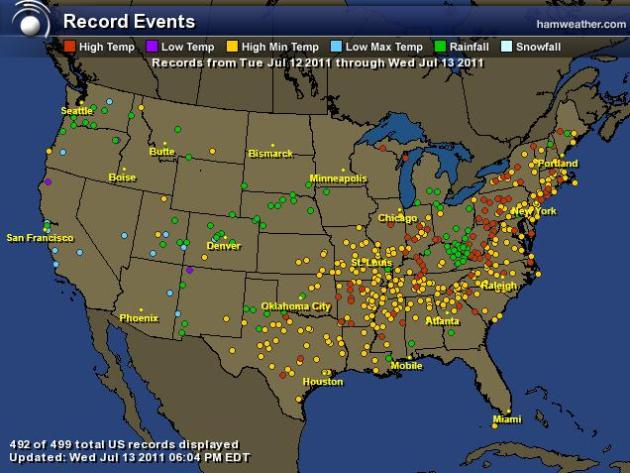
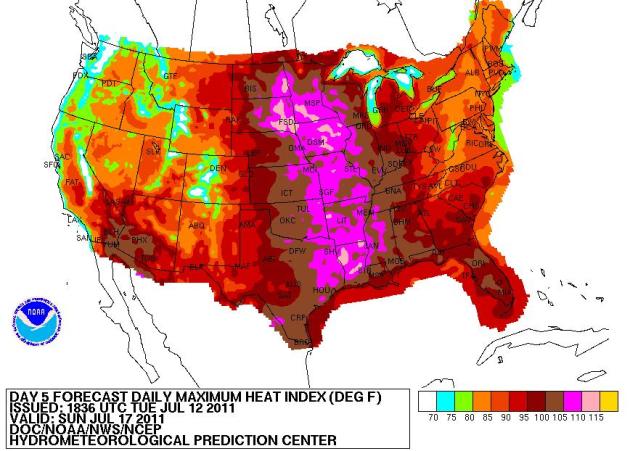

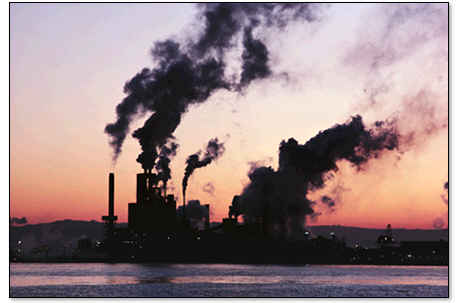

HIBBING ARPT : 37 ORR : 39 CRANE LAKE : 39 BIGFORK : 39 COOPERATIVE WEATHER OBSERVATION SITES EMBARRASS..............: 37 ORR 3E.................: 38
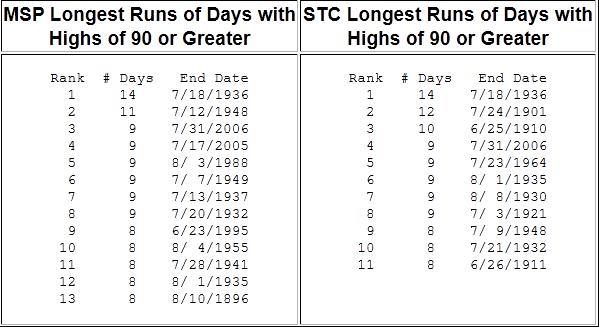
Hot Weather Climatology. According to the local NWS office, the Dust Bowl year of 1936 holds the record for the most consecutive 90-degree days in the Twin Cities (14). As recently as 2005 and 2006 MSP experienced 9 days of 90+ heat. More details:
"With what is shaping up to be a prolonged heat wave across the area from Saturday through at least the first half of next week, it is a good time to take a look back to see when some of the previous prolonged heat waves occurred. To measure a heat waves staying power, we looked back to see what the longest runs of consecutive days with highs above 90 were for St. Cloud and the Twin Cities (threaded climatology sites with continuous observations back to the 19th century). The table below shows the 10 longest runs at each site. The last time a run of at least 5 days in a row with highs of 90 or greater has not been seen at St. Cloud since July of 2006 (MSP had a run this long last in August of 2010)."




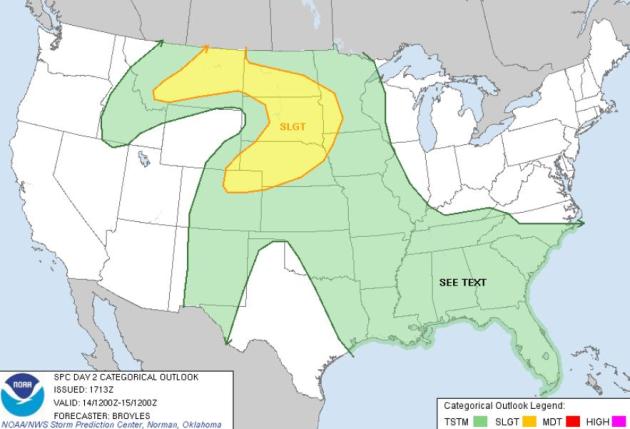
Thundery Thursday. SPC has a slight risk of severe storms from Montana and the Dakotas eastward to western Minnesota, along the northern edge of a massive heatwave (expanding northward in the coming days).
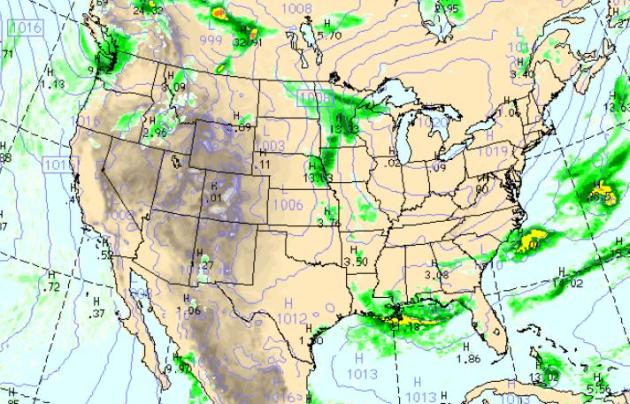
Thursday Rainfall Potential. The WRF/NAM forecast (10 am today) shows a line of showers and T-storms from Minnesota southward to Omaha, more storms along the Gulf Coast and a few lighter showers over the Pacific Northwest - another rainy day for Seattle and Tacoma. Canadian high pressure will keep the Great Lakes comfortable, cooler air filtering into New England.
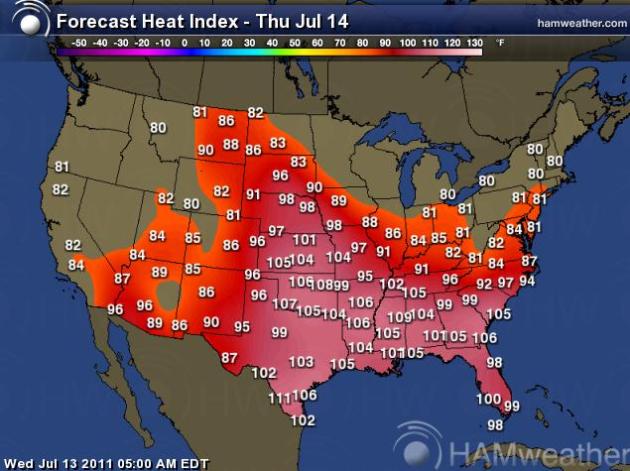
Thursday Heat Index. Today will be the 14th day/row of 100-degree heat for Oklahoma City and Dallas. Factor in a dew point in the 70s and it will feel like 105-115 from Wichita and Little Rock to Memphs and Macon, Georgia. Roughly half of America is sweltering through the worst heatwave in years.

How much heat can a person safely endure? It depends.
Certain groups of people should be especially careful during hot weather conditions. For example, city-dwellers and those living in the upper floors of tall buildings or in heat-prone regions are most at-risk for heat-related illness. People who have difficulty getting around or who have health conditions are particularly susceptible. The elderly and the very young also merit special attention during periods of high heat and humidity. This year, National Weather Service teamed up with Occupational Safety and Health Administration to increase awareness for outdoor workers and their employers during excessive heat events. As part of this partnership, National Weather Service will incorporate specific outdoor worker safety precautions when heat advisories and warnings are issued this summer."
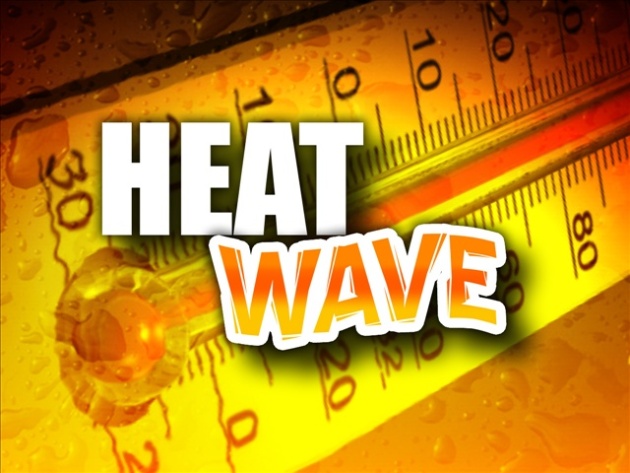

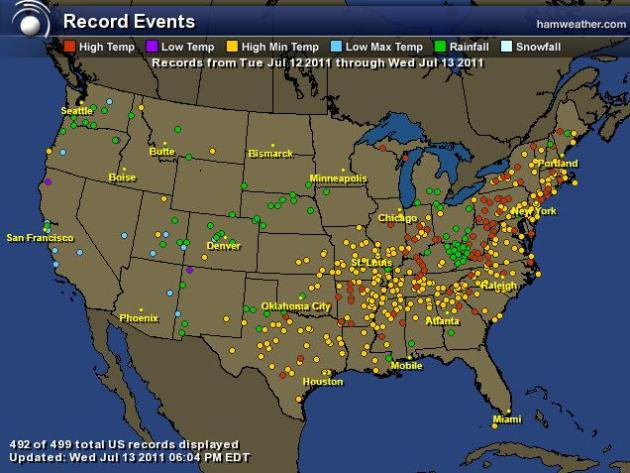

- DO - Slow down, and reduce strenuous activity. Mow the lawn or garden in the early morning or late evening instead of midday.
- DO - Dress in lightweight, nonrestrictive, light-colored clothing.
- DO - Drink plenty of water or other nonalcoholic fluids.
- DO - Eat light, easy-to-digest foods.
- DO - Seek out shade if you have to be outdoors for extended periods. Spend more time in air-conditioned places.
- DO - Check on elderly neighbors, friends and relatives to make sure they are okay.
- DO - When outside, take frequent dips in the ocean or pool, or mist yourself with a water bottle. When inside, take frequent cool baths or showers and use cold compresses to cool off.
- DO - Apply high-SPF sunscreen frequently when outdoors.
- DO - Seek immediate medical attention if you experience symptoms of heat illness. (See chart below for symptoms, likely conditions and treatment.)
- DO NOT leave children, the elderly, or pets in the car for any reason, for any length of time. A dark dashboard or seat can easily reach temperatures in the range of 180 to more than 200 degrees F!
- DO NOT stay in the sun for long periods.
- DO NOT take salt tablets unless directed by a physician.
- AVOID alcoholic beverages; they can dehydrate you and increase your risk of heat stroke and other potentially fatal heat-related illnesses
- Blistering mid-summer heat seared much of the southern, central and eastern USA on Tuesday, as temperatures soared above 100 degrees in cities from Kansas to South Carolina.
- Nearly half of the USA's population — 150 million people — were affected by the heat Tuesday, according to the National Oceanic and Atmospheric Administration, as the National Weather Service posted heat advisories or heat warnings in parts of 23 states from Oklahoma to Connecticut.
- Oklahoma City suffered through 13 straight days of 100-degree or above heat before ending the streak on Tuesday. (Tuesday's high was "only" 97.) Dallas has had 100-degree temperatures for 11 days in a row, including Tuesday.
- Although a brief break in the heat is forecast for parts of the Great Lakes, Northeast and Mid-Atlantic over the next few days, there will be no relief across the scorched Plains or Deep South.
- Almost the entire country east of the Rockies is forecast to see above-average temperatures throughout next week.

- The heat and drought have led to record wildfire activity. The year-to-date acreage burned nationally so far is at 5.8 million acres — the most on record for the period — and almost twice the decadal average, says the National Interagency Fire Center.
- 67-year-old Ed Green of Philadelphia, PA died after being rushed to the hospital on Tuesday afternoon and medics believe he was a victim of the extreme heat.
- Officials are still trying to piece together what happened to a 4-year-old girl who was found dead in her family’s SUV Monday night in Cleburne, Texas.
- Lilly Parson’s parents said she had been playing outside and then disappeared. After a brief search, they called 911 for help.
- Deputies who responded to the call found the girl’s body lying on the back seat of her family’s vehicle, which was parked in the driveway.
- Investigators suspect the triple-digit heat played a role and they are treating the case as an accident.
- Officials are still questioning the girl’s parents. They reportedly have been cooperative but there inconsistencies in the accounts of how long she had been missing, the sheriff’s department said.
- A heat wave that has pushed temperatures well over 100 degrees has killed tens of thousands of turkeys.
- In North Carolina, about 50,000 chickens died at a farm after the power went off for 45 minutes. In Kansas, one couple lost 4,300 turkeys that took 26 hours to bury.


- Typhoon Ma-On forecast to reach super typhoon status early next week, make landfall in southern Japan shortly afterward
- currently affecting Guam and surrounding islands (Northern Mariana Islands)
- currently affecting Guam and surrounding islands (Northern Mariana Islands)
- storms like this can unload 10-20 inches of rain
- danger for mudslides and flooding upon reaching Japan
- danger for mudslides and flooding upon reaching Japan
- winds currently compare to a category 1 hurricane
- forecast to reach category 4 or 5 strength (roughly 115 mph) by Monday or Tuesday

July 11 Derecho: 1,000 Miles In One Day. The Des Moines office of the NWS has a great write-up on the July 11 derecho that produced estimated (straight-line) wind gusts as high as 130 mph in Garrison, Iowa, before going on to batter Chicago and much of the Ohio Valley:
"On the morning of July 11, 2011, a powerful long-lasting straight-line windstorm, known as a derecho, developed over central Iowa and carved a path of extensive damage across east central Iowa. The storm first took shape as a cluster of low end severe storms over southern Nebraska during the late afternoon of July 10. The system continued northeastward and entered western Iowa at 1:00am, still only as a marginal line of severe storms. As the system passed through the northern Des Moines metro area at 3:30am, it rapidly intensified and accelerated eastward. Over the next hour and a half the storm plowed eastward through Story, Marshall, and Tama Counties, blasting the area with winds of up to 105 mph, the equivalent of an EF1 tornado. The storm continued to track eastward, plowing through eastern Iowa and the southern Great Lakes region before dissipating in West Virginia in the mid-afternoon. Thousands of trees were downed in eastern Iowa alone and numerous structures were damaged or destroyed."
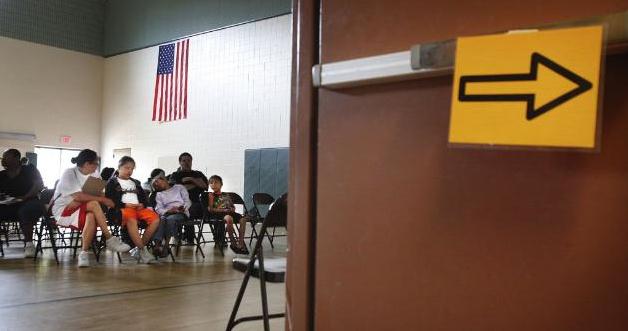

Waffle House, Home Depot Cited As Examples Of Emergency Preparedness. The Atlanta Journal Constitution has the story: "In the wake of an emergency -- hurricane, ice storm, maybe the odd zombie attack -- you could stay indoors. Or you could head to the nearest Waffle House, or perhaps a Home Depot. Norcross-based Waffle House is earning kudos from academia and the administrator of the Federal Emergency Management Agency as a role model for disaster preparedness. It's a product of many years of doing business in Florida's Panhandle and other hurricane alleys. "Disaster management and risk management in global supply chains can actually be a competitive advantage," said Panos Kouvelis, a professor of operations and manufacturing management at Washington University in St. Louis. "You have to think of it as an opportunity to get ahead of the game by being better prepared." Kouvelis, who made the remarks to EHS Today, a magazine covering the environment, health and safety, said Lowe's, Wal-Mart Stores and Atlanta-based Home Depot also set the standard in preparing for emergencies. It's not easy, he said. "On the one hand, your own supply chain is exposed," he said. "At the same time, your stores are supposed to be the first to react and provide the basic supplies. Your supply goes down while your demand goes up." Home Depot has an extensive disaster response team to handle hurricanes, fires, floods, tornadoes and blizzards. The team includes information technology, merchandising, human resources, security and supply chain executives. The company receives early alerts on bad weather via email. In an emergency situation, the team assembles in a command center at headquarters. In the event of a hurricane, the goal is to be the last outlet to close and the first to open."



Good-Looking Wednesday. With dew points in the low 50s it felt pretty amazing out there - wish it could last. The sun was out through mid afternoon before clouds started to increase, forerunners of a warm front that will leave us sweating (and complaining) by Friday and Saturday. Highs ranged from a cool 65 at Duluth to 75 at St. Cloud, 77 in the Twin Cities.
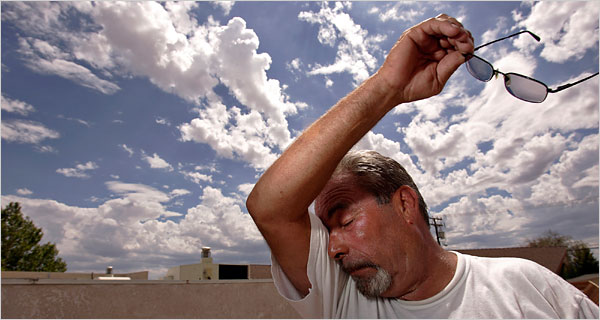
Paul's Conservation Minnesota Outlook for the Twin Cities and all of Minnesota:
TODAY: Flash Flood Watch. Cloudier, more humid. T-storms likely, locally heavy rain. Winds: SE 10-20. High: 75
THURSDAY NIGHT: Still very humid, scattered T-storms, more downpours possible. Low: 70
FRIDAY: Muggy & hot with intervals of sun, few T-storms likely. High: 89
SATURDAY: Hot sun, stray storm possible. Dew point: 75. Winds: S 10-20. Low: 76. High: 94
SUNDAY: Sunny and oppressive. Dew point: 78. Heat index: 110. Winds: S 10-20. Low: 78. High: 96
MONDAY: Still sunny, even hotter. Low: 79. High: 97
TUESDAY: Sauna-like, no relief yet. Lot's of sunshine. Low: 78. High: 96
WEDNESDAY: Having fun yet? Steamy, still hot. Low: 75. High: 93
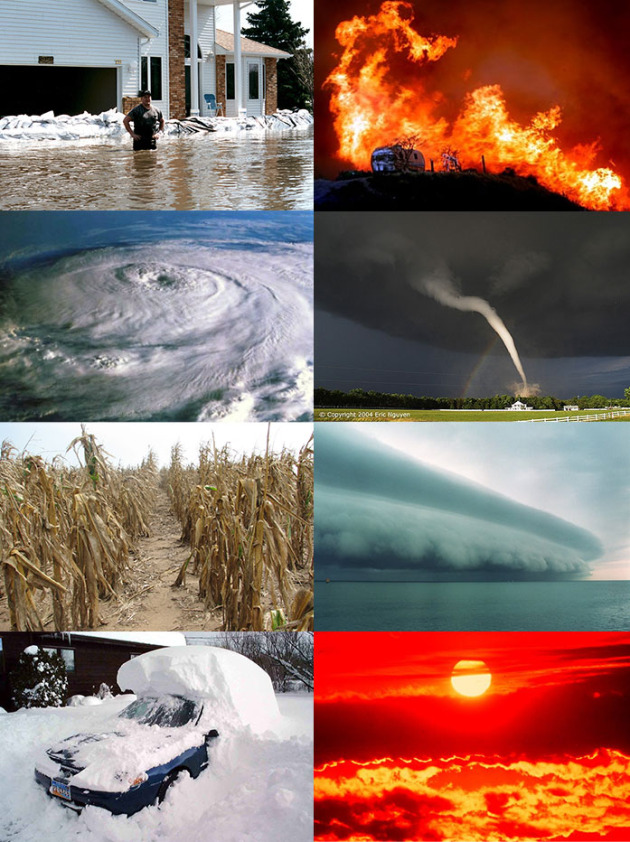
Crazy Extremes
It has been a baffling year for Minnesota meteorologists: 86.6" snow, a reluctant spring, and a summer characterized by wild extremes. Wednesday morning residents of Hibbing woke up to 37. They're still wearing jackets & sweatshirts up north! If the weather models are right (and I suspect they are) by Sunday afternoon it will feel like 110-115 over southern Minnesota. I expect the NWS to issue Excessive Heat Warnings; the risk of heat exhaustion & heat stroke will be significant.
Welcome to the costliest year on record for natural disasters. According to Munich Re losses hit $235 billion in the first 6 months of 2011, worldwide. That exceeds the previous global record of $220 billion in 2005.
The arrival of super-heated air will leave the atmosphere irritable & unstable, T-storms capable of downpours right into Saturday. A Flash Flood Watch is posted for much of central & southern MN, some 1-3" rainfall amounts expected. By Sunday the atmosphere should be "capped", too much hot, dry air aloft for T-storms. Expect 6 days/row above 90, starting Saturday. With a dew point near 80 Sunday's heat index should be up in the oh-zone. Still time to evacuate to your favorite lake!

The Arid Southwest's 10 Great Climate Deniers. I'm quite sure they wear this distinction as a badge of honor, but I suspect every one of these politicians will have some answering (and back-peddling) to do in the coming years. Every single climate model shows more frequent/intense drought and heatwaves for the southwest, more wildfires and water shortages. At some point there will be a Day of Reckoning. The full story at salon.com: "Much of the southern U.S. is currently suffering through one of the most severe dry spells of the past century. It's impossible to say with certainty that this particular drought -- caused by a lingering La Niña event in the Pacific -- is a direct result of global warming. But, as we noted yesterday, scientific consensus is overwhelming that shifting weather patterns drastically increase the probability of devastating droughts from Texas on west. Yet, in spite of this, many GOP politicians from some of the worst afflicted Southwestern states maintain that man-made global warming is an elaborate hoax. We've compiled a list of 10 such prominent climate change deniers and compare their statements against their constituents' current climate woes.
Texas
1. What Gov. Rick Perry believes: In his 2010 manifesto, "Fed Up! Our Fight to Save America From Washington," Perry called man-made climate change "all one contrived phony mess that is falling apart under its own weight." Then, in April, he issued a proclamation asking Texans to literally pray for an end to the drought, notes Rolling Stone.
2. What Rep. Ted Poe believes: In a 2009 statement on the floor of the House, Poe pointed to that year's Climategate controversy as reason to doubt climate science. (Note: An independent panel has since exonerated the scientists involved in the "scandal.") He also pointed to scientists who, in 1974, argued that Earth might be cooling, as evidence that scientists have no earthly idea what they are talking about, now or then. "We are going to try to trust the world's climate predictions to a group of people from the 1970s and now, 2000, to a group of people who can't even predict correctly tomorrow's weather," he said."

Global Warming: A Guide For The Perplexed. NPR has the story: "Since there has been a lot of debate here at 13.7 (and everywhere) about global warming, and what is or isn't factual or good science, I thought it would be a good idea to bring out some of the basic science behind what we know and what we don't know about this important issue. Of course, this is not intended as an official document or as a thorough analysis, but as a primer for those who are interested in facts.
- The Earth is a finite system, which receives most of its energy from the Sun. A small amount of heating also comes from radioactive decay and release from the interior.
- The Sun emits radiation mostly in the visible spectrum, peaking at about 500 nm, closely corresponding to yellow light. Some of the radiation is reflected back into space, and some is absorbed and then reemitted back into space as lower-energy infrared radiation. Warming occurs when a larger fraction of the absorbed radiation is trapped near the surface. Think of your car, parked under the sun. With windows closed it gets much hotter inside.
- The trapping of heat is caused mainly by what are called greenhouse gases: water vapor, carbon dioxide, methane, and ozone are the main ones. Without these gases in the atmosphere, the average temperature would be approximately 59 ºF lower.
- During the past 100 years, the average global temperature has increased by 1 degree Fahrenheit. Global sea levels have risen 4 to 8 inches.
- These numbers are not disputed. What is disputed is the cause behind the increase: natural vs. anthropogenic (i.e., caused by human activity)."
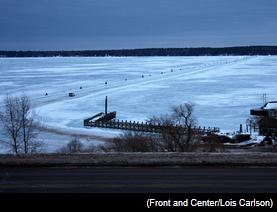


Global Warming: Nature Can't Save Us From Ourselves. The full story is at Huffington Post: "The notion that nature itself will act as a check on the atmospheric excesses of humanity has long held a fair amount of appeal, not least because it draws on a nugget of high-school science that most people can quickly comprehend. Plants inhale carbon dioxide, after all -- they need it to grow. Add more CO2 to the air, as human civilization has been doing in copious amounts since the dawn of the Industrial Revolution, and the result will surely be thicker, more expansive biomass. More trees, plants and crops, the thinking goes, means that more and more carbon dioxide will be naturally absorbed from the atmosphere, and ... voila! The climate problem is elegantly solved! It's a conviction readily embraced by climate skeptics, and one enthusiastically peddled in some scientific cul-de-sacs like the Center for the Study of Carbon Dioxide and Global Change, a pet project of Sherwood B. Idso, a former research physicist with the Department of Agriculture, and his two sons, Craig and Keith. From the center's Web site: "For years environmentalists have warned us about how fragile earth's biosphere is; and in many cases dealing with specific species or ecosystems, they have been correct. In its totality, however, the biosphere is much more resilient than most people give it credit for being. As atmospheric CO2 -- the lifeblood of the planet -- has gradually risen over the course of the Industrial Revolution, for example, the biosphere has begun to reveal its true strength, with the plants of the planet growing ever more robustly and profusely, as they expand their ranges over the face of the earth and extract ever greater quantities of CO2 from the air and sequester its carbon in their tissues and the soil into which they sink their roots."

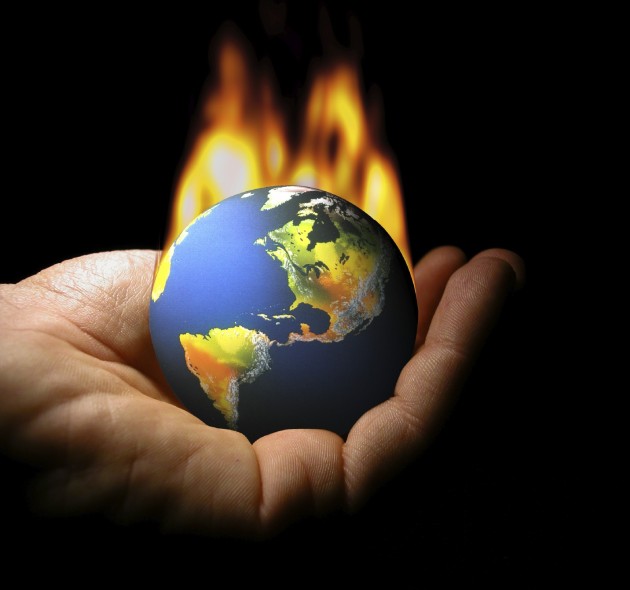
No comments:
Post a Comment